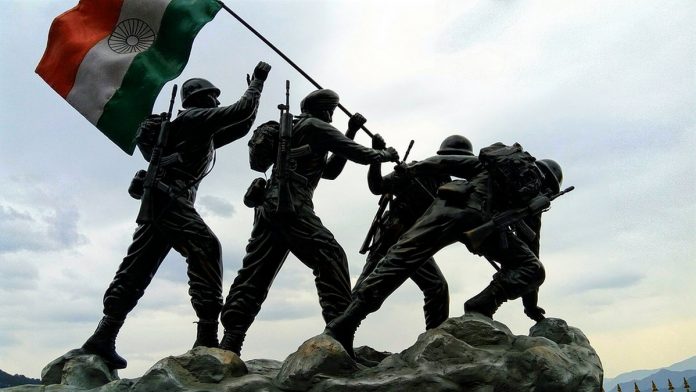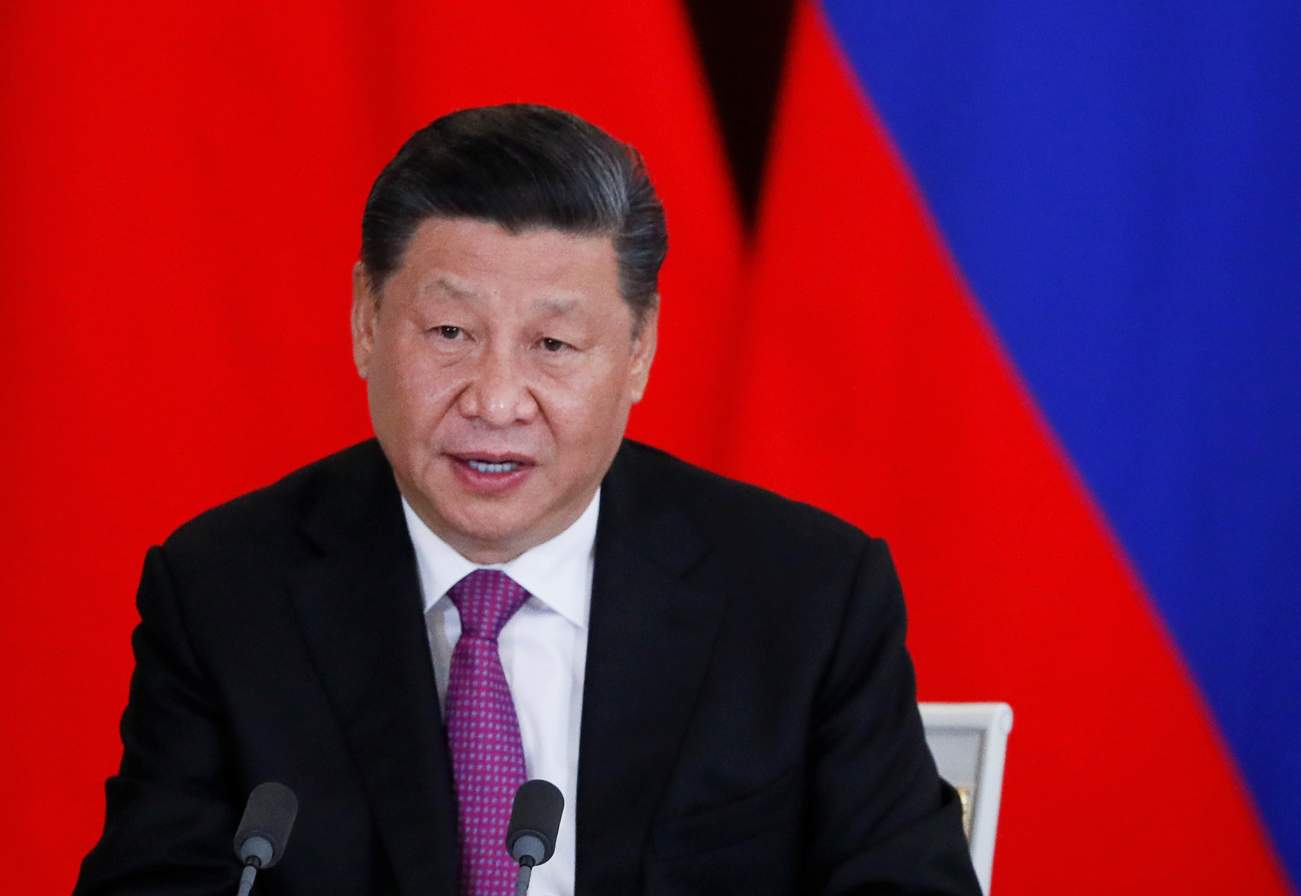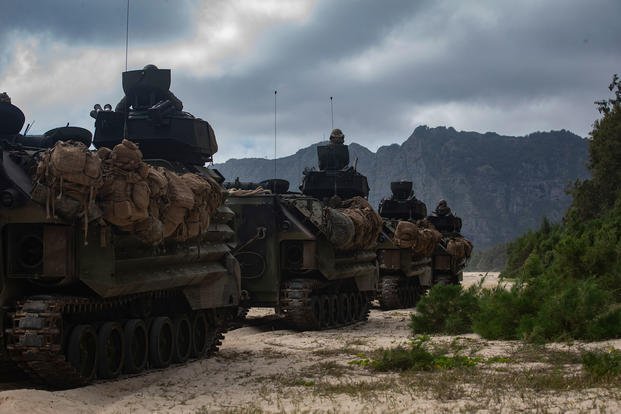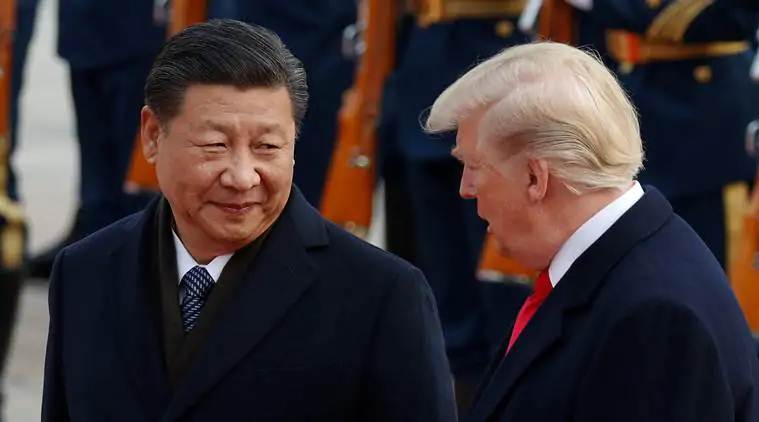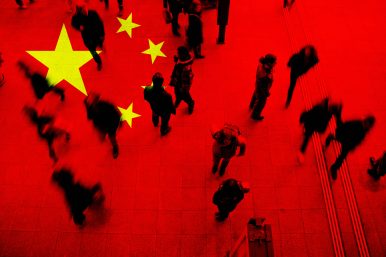 Managing the shadow banking crisis will form one of the Reserve Bank of India's core challenges in the months ahead.
Managing the shadow banking crisis will form one of the Reserve Bank of India's core challenges in the months ahead.
The central bank will balance its efforts at pumping cash into the economy with keeping a lid on inflation.
Avoiding a crisis in shadow banks will be key toward sustaining consumption amid an economic slowdown.
Editor's Note: This assessment is part of a series of analyses supporting Stratfor's upcoming 2019 Third-Quarter Forecast. These assessments are designed to provide more context and in-depth analysis of key developments over the next quarter.
As growth in India's $2.6 trillion economy cools, the problems afflicting its shadow banking sector are increasingly coming to light. Shadow banks — also known as non-banking financial companies — are facing a cash crunch ever since a titan in the sector, Infrastructure Leasing & Financial Services, defaulted on its payments in September 2018. That event sparked fears of a contagion rippling through India's already sluggish corporate credit system. Traditional banks — saddled with a significant number of non-performing loans — are not as likely to extend credit to companies already swimming in red ink, the legacy of an infrastructure binge that accompanied roaring growth in the economy from a decade and a half ago.
